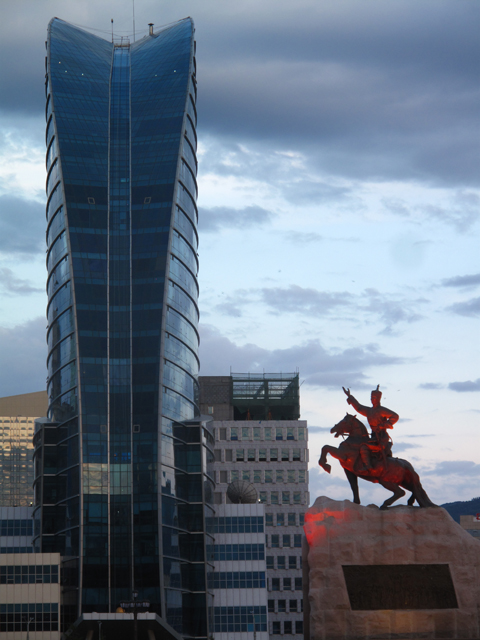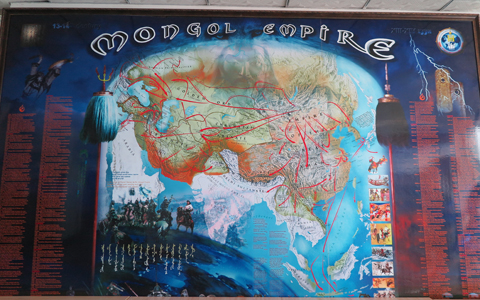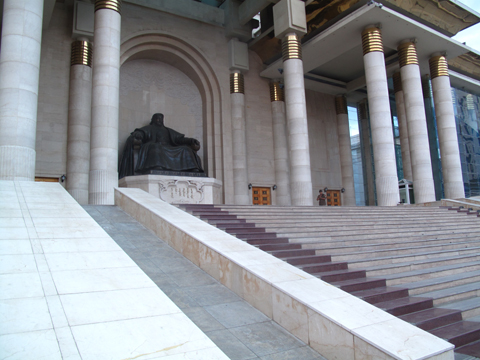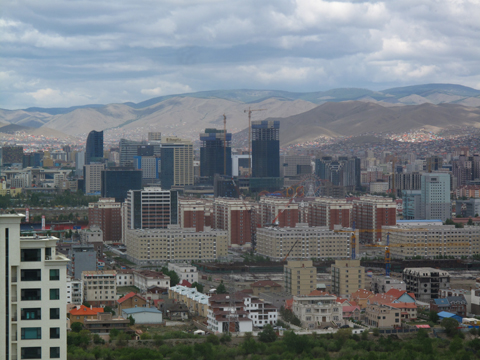Mongolia river shuttles are half the adventure
This blog brought to you by Funhog Press and MRA
Feeling better after my two-day bout with the Yak-dung-water funk, I walked down the far side of a pass with Bulgaa. He told me this was the place where his mother died. Bad brakes on an old Russian firewood truck, it was easy to see how it might have unfolded. All life is uncertain, but the edge is a little closer here in rural central Asia. Bulgaa’s father, in his sixties, is one of five survivors from a family of eighteen. We paused, and gazed at snowy ridgelines forming the Chinese border.

By afternoon the vans were climbing over worsening boulders toward 10,500-foot Red Pass—the highest in Mongolia. Our van got high-centered on a rock at one point, requiring several of us to pull sideways on a rope attached to the roof rack so the van wouldn’t roll as it was extricated. By now we were accustomed to such tactics, standard Mongolian driving, really. Most of us walked down the other side of the pass. It was less violent than riding, and just as fast.

Driving in Mongolia is a lot like off-trail hiking in the States, sometimes you merely follow a route between a series of rock cairns. And if the locals tell you this is the way, this is the way. So we went, weaving from cairn to cairn through boulder studded alpine meadows. When another valley opened before us, it was again all riders out for the treacherous descent.

There were no gers in this valley, a refreshing surprise. The vacancy made it feel like Alaska, and we camped straight in the middle of it, beside a gurgling tributary of the Buyant River. Among green meadows splashed with white and yellow wildflowers, Pat sat with his back against a drybag and made notes while sipping a beer. “I live for this shit, man,” he said grinning.







